Whether gas or wood, you’ve spent a lot of money on your new insert, stove or fireplace. Before you get serious about adding significant heat to your home, there is a specific break-in procedure for new equipment. It’s definitely in your best interest to follow it. If you don’t, the appliance could be damaged and the warranty voided. It’s not a difficult procedure and it’s well worth the time and attention.
WOOD BURNING APPLIANCE:
First, let’s discuss wood-burning inserts, stoves, and fireplaces. The absolute first thing you’ll need to do is to spend some time reading the owner’s manual. By doing so, you will get a thorough understanding of the operation and controls of your stove. This step is critical to your enjoyment and the performance of the equipment. Ensure others understand how the stove operates as well. Understanding the purpose of the controls and how they work is one of the critical keys to successful wood burning.
One of the essential gear for wood burning is a stove thermometer. There are two types: a probe thermometer that takes the temperature of the flue gases and a magnetic type that registers the surface temperature. The probe type is much more accurate for free-standing wood stoves but not practical for inserts or fireplaces. Use a magnetic type thermometer for fireplaces and inserts to record the surface temperature. By the way, if your dealer didn’t provide you with a thermometer at the time of sale, ask for one!
CAST IRON OR SOAPSTONE?
Cast iron stoves and soapstone stoves with a cast-iron frame require special care when first breaking them in. Cast iron is a highly durable material that can endure considerable heat. It expands when heated and contracts as it cools down. Because of this “thermal expansion,” you must be careful not to crack the castings or damage other parts of the stove by over-heating it. The first few fires must be low in temperature and short in duration.
Soapstone can retain moisture. To that effect, driving any remaining moisture from the stone is essential. This process will minimize the possibility of thermal shocking the stone and cracking it during its first exposure to high firebox temperatures.
Another point worth mentioning: During these first few slower fires, the furnace cement used in the production process should adequately cure.
Before your first break-in fire, ensure your stove, insert, or fireplace installation is compliant with all requirements outlined in the owner’s manual. If you’re satisfied these essentials have been met, the following steps will help you break in your new cast iron appliance.
- Open the door fully and prepare four or five wads of newspaper and kindling. The kindling should be about ½”—¾” (1.3 – 2 cm) in diameter and 12” – 18” (30 – 45 cm) in length. Ten to 15 pieces should be enough. Arrange the kindling in a crisscross pattern over the newspaper.
- Make sure the glass is clean inside and out. High temperatures can permanently bake fingerprints and other smudges into the glass.
- The primary air control needs to be fully open, any combustors or dampers disengaged. If your stove has an ash pan, make sure the ash pan door is closed tight.
- Light the paper and leave the door slightly ajar until the kindling starts to burn and a draft is established. Then, close the door. Keep the room well ventilated by opening windows and doors. If possible, close off the room to the rest of the house. If there’s a smoke alarm nearby, it will likely sound off.
- Keeping your eye on the fire, do not let the surface temperature exceed 200˚F (93˚C). Burn this small fire, adding a little more kindling, if necessary, for approximately one hour. Allow the fire to burn out completely and the appliance to cool to room temperature, usually another hour or so.
- Burn a second fire, as outlined above. But this time, allow the temperature to get to 300˚F (148˚C) for 1 hour. Let the stove cool to room temperature for a couple of hours.
- Finally, build a third fire and gradually let the stove reach a surface temperature of 400˚F (204˚C) for one hour.
- Allow the stove to cool to room temperature, and you’re good to go! Bring on the cold weather!
If you live in humid summers, it’s a good idea for soapstone owners to follow this procedure each fall. The stone can absorb moisture in the air. You’ll allow the stone to dry out entirely by following this procedure.
STEEL STOVES AND INSERTS:
The procedure for steel equipment is virtually the same. Usually, though, only two break-in fires are necessary. Slightly higher temperatures are acceptable but should not exceed 400˚F (204˚C) for the first fire. The second fire should be in the (600 °F/315 °C) range for 45 minutes. This procedure will cure the high temp paint and burn off any solvents.
HELP . . . . . IT’S SMOKING & IT REALLY STINKS!
Not to worry, both are perfectly normal! New stoves, inserts, and fireplaces usually emit odors and “smoke” during the break-in fires and occasionally the first few longer burning fires. Called “off-gassing,” meaning high-temperature paints are curing, and solvents burn off from the manufacturing process. Open a window or door to get fresh air moving through the house. Most equipment will off-gas for 30 – 60 minutes, but some may last a few hours. And if possible, do it on a relatively mild autumn day, so your house doesn’t have to freeze.
OTHER POINTS TO PONDER
- Never over fire your insert, stove, or fireplace. Permanent damage will result. If any part of the appliance starts glowing red, reduce the primary air control to a minimum. You are over-heating the unit and could easily damage it and the chimney or worst, cause a house fire!
- Never remove burning logs from the firebox.
- Maintain all clearance requirements and keep all combustibles at least four feet away from the front of the appliance.
- Pushing the appliance beyond its design limits to get more heat from it is extremely dangerous. Operate the appliance within the temperature range outlined in the owner’s manual.
- Due to the cool temperature on start-ups, the ceramic glass may get dirty. Increasing the fire temperature by providing more combustion air will typically do an excellent job cleaning it.
- Make sure your smoke/carbon monoxide detectors are working properly.
- Burn only dry, seasoned wood.
- Never throw wood into the stove or use the door as a lever to try and force wood to fit in the firebox. You can easily break glass, or damage the firebrick, castings, damper or combustor. Soapstone can crack by wood carelessly being tossed into a stove.
- Do not load iced-up wood into the firebox. Thermal shocking can damage it.
WHAT ABOUT LP & NATURAL GAS APPLIANCES?
Make sure your gas fireplace, stove or insert has been properly installed. If the installation was done by your WE LOVE FIRE dealer, rest easy. For you Do-It-Yourselfer’s, make sure the gas line extension has been checked for leaks, all clearance requirements for the appliance have been met or exceeded and the venting profile is within specifications. A certified installer will check and adjust, if necessary, to ensure the proper air/fuel ratio and gas pressures are correct.
Read the owner’s manual and understand the equipment and controls.
Like the wood-burning instructions, before starting the initial break-in procedure, be sure both sides of the glass are clean. The last thing you want is permanent marks on the glass.
When starting your gas fireplace, stove or insert for the first few times, there will be odors and fumes from paint curing and solvents used in the manufacturing process. This off-gassing is normal for both gas and wood-burning equipment. So, provide lots of fresh air to the room by opening windows and outside doors.
Be sure to turn the stove fan OFF! Then, burn the unit on its highest heat setting. Be patient! Your owner’s manual may vary, but it can take an hour or two to complete this break-in procedure. The smoke and curing process may cause some discomfort to those with sensitivity or allergies.
Condensation inside the glass is common during start-up and will clear itself as the appliance heats up.
One last comment: blue flames will occur when the stove is first turned on. This is especially the case with LP gas. The flames will take on a more realistic orange and yellow color as the unit gets warmer.
Your WE LOVE FIRE professional is available to answer any other questions and provide expert advice.
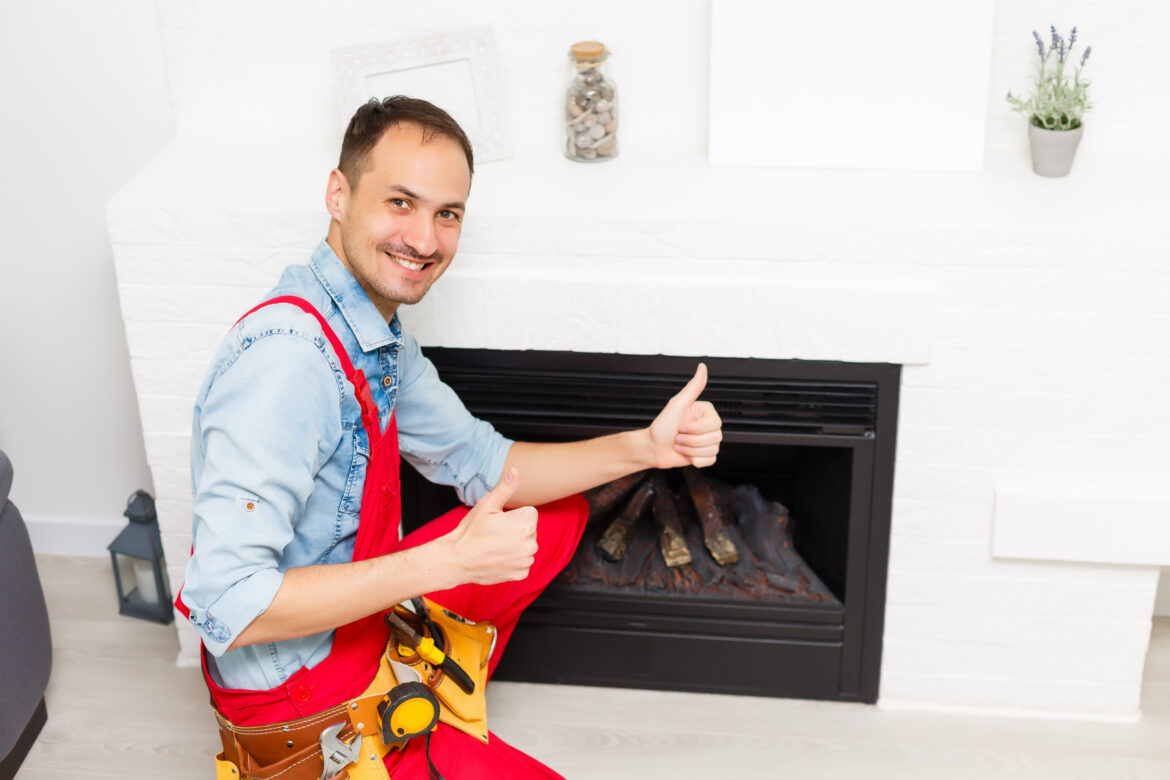
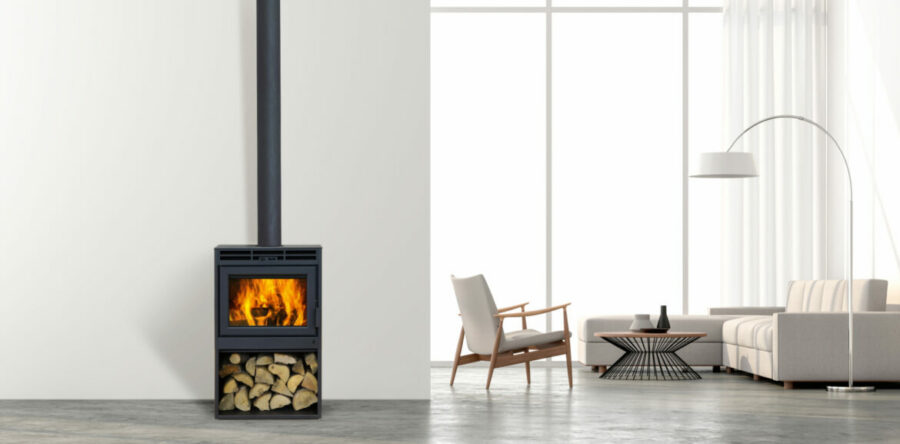

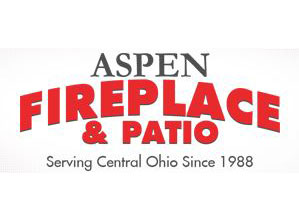
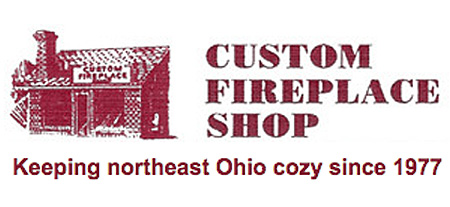



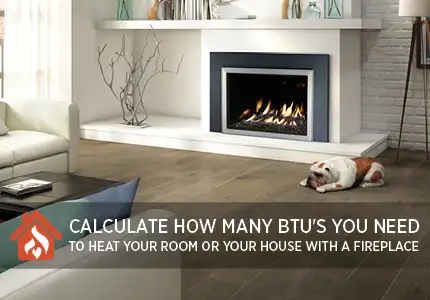

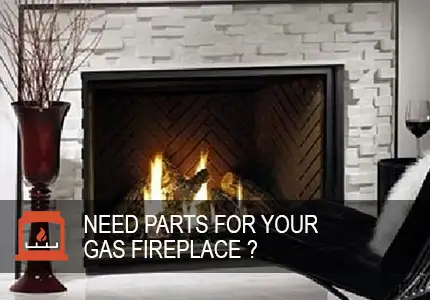
2 Responses